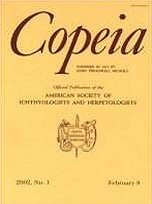The habitat of a population of coastal goannas (Varanus panoptes) was assessed at Fog Bay, Australia, by a combination of scat analysis, radio tracking, burrow counts, and sightings. Tracks were followed to assess spatial and temporal beach use. Scat analyses showed that goannas ate a variety of prey from the beach and dunes. Sea turtle eggs were the dominant prey found in scats during the dry season. All four census methods showed that goannas selected the beach habitat and dunes, although habitat selection indices were highest for the beach. Goannas used the beach throughout the year with peak beach activity occurring in May and November. There was no indication that sea turtle nesting influenced the timing of beach activities or how long goannas spent on the beach. The seasonal activity patterns of V. panoptes at Fog Bay is unlike V. panoptes in other areas and appears to be related to food availability. Although goannas prey on a large portion of sea turtle nests on the Fog Bay mainland, more research is required on the demography of the sea turtles to assess whether this has impacts on the size of the sea turtle populations.
How to translate text using browser tools
1 May 2004
Habitat Preferences of Coastal Goannas (Varanus panoptes): Are They Exploiters of Sea Turtle Nests at Fog Bay, Australia?
Sean J. Blamires
ACCESS THE FULL ARTICLE





